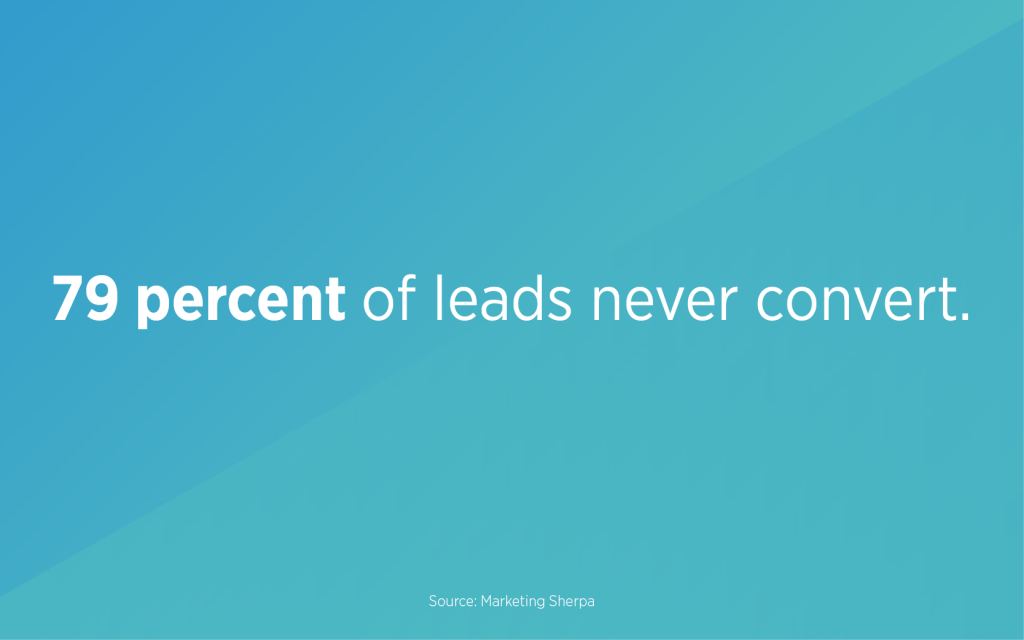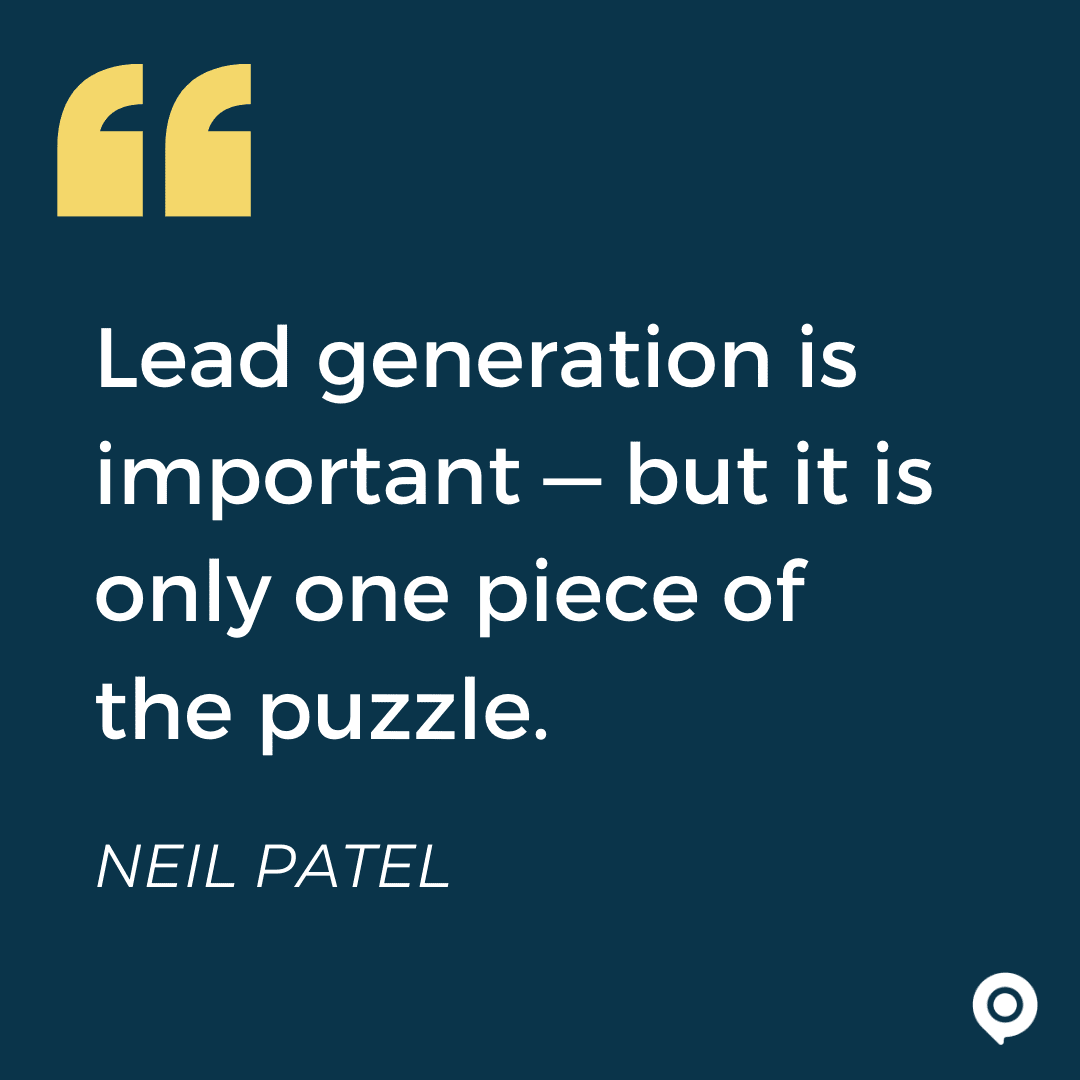
According a study by Marketing Sherpa, 79% of leads never convert, and that’s because of poor lead nurturing. Without thoughtful lead nurturing messages, you won’t help your prospects get ready to make a purchasing decision.
Try out these seven types of lead nurturing messages within your business texting strategy to better qualify your leads and make more sales.
An Introduction or Greeting
People need to know who is texting them and what business the sender is part of. In this first message, clearly state that leads can and should use the number to text you questions.
Availability Hours
Make it clear when someone will be available to answer texts and/or when people can come to your physical location (if you have one). Setting these expectations right away keeps you and your team accountable and still allows you to maintain boundaries.
Informational Messages
You got a lead’s information for a reason, and it’s likely they already gave you information about what they want from your business.
If you don’t already know why someone is interested in your business, you need to find that out. Don’t just guess and text them about what you think they may want from you. And certainly don’t try to launch directly into your pitch. Otherwise the messages won’t seem authentic (because they won’t be).
Businesses need to nurture leads to give people all the necessary information to help them make a decision. So be ready to share information like the following.
Service descriptions
Most businesses provide a wide variety of services. Be ready with messaging specific to each service, or at least the most popular ones.
For example, a gym that offers personal training, nutrition consulting, and group classes should write messages that appropriately summarize each service and maybe even include schedules.
Any business that offers classes, workshops, etc. should do something similar.
Product descriptions
Leads may ask you questions about what’s available or the advantages of one product versus another. Have basic product descriptions available that you can quickly send and continue the conversation from there.
Company links
Be ready to provide people with information like customer stories/case studies, pricing, “about us” pages, etc. When appropriate, link leads to documents or landing pages so they can really see what you have to offer. This could also include links to your social media accounts.
Calls to Action
After getting to know someone, answering their questions, and providing information about your business, then comes the call to action. It’s time to ask them to do something!
In many cases, this is scheduling an appointment or consultation. By this point you’ve hopefully educated and qualified your leads. They should be ready to make a purchasing decision.
Some calls to action may occur earlier on in the lead nurturing process – for example, inviting someone to read a document or check out a certain page on your website. Just make sure you aren’t asking someone to commit to do something too big, too soon. Without building sufficient trust first, your lead may find it easier to do business somewhere else.
Directions
Once you invite someone to visit your physical location for a meeting/appointment, obviously you need to provide your address. Beyond that, also consider providing information about questions like:
- Are there any famous landmarks nearby?
- Where are people allowed to park?
- What should someone wear?
- Do they need to bring anything?
Basically, share anything that will help someone enjoy a flawless appointment. If it goes well – and you nurtured them properly – you earn a new customer.

Don’t be discouraged if at first your texts don’t seem to be getting the response you’d hoped for. To create and optimize your lead nurturing process of course takes time. Just remember that texting isn’t emailing, so don’t text your leads like you would email them.



